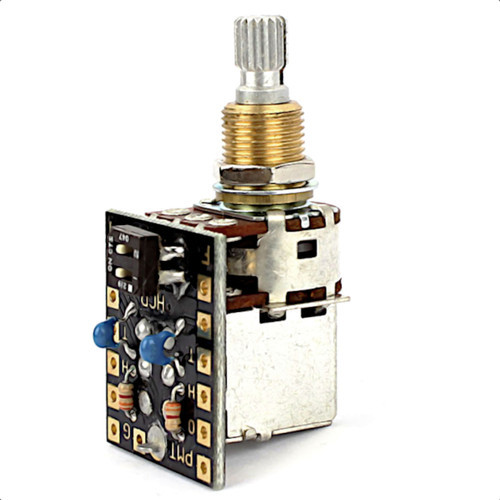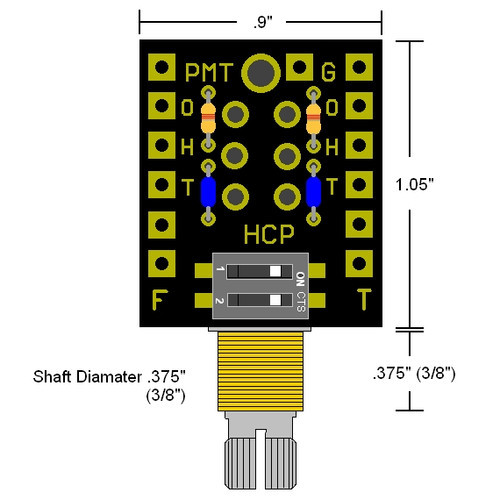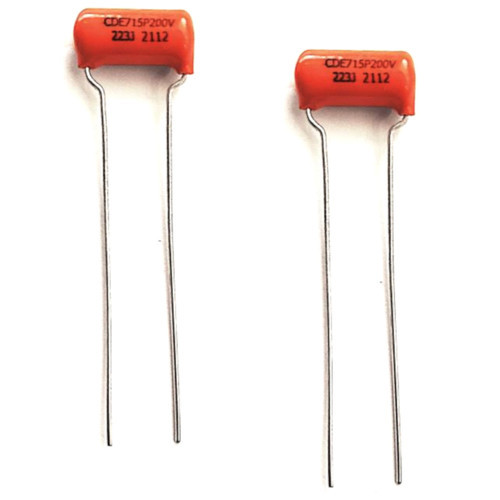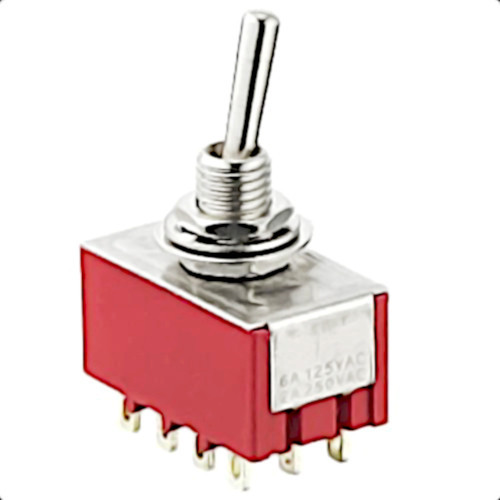Guitar Electronics are the heart and soul of your instrument’s sound. While often hidden beneath pickguards and control plates, these components play a crucial role in shaping your guitar’s tone, responsiveness, and overall sonic character. Whether you’re a seasoned guitarist looking to fine-tune your sound or a beginner eager to understand the inner workings of your instrument, diving into guitar electronics can unlock a world of tonal possibilities.
This comprehensive guide will explore the essential components of guitar electronics, common modifications, and how understanding these elements can empower you to achieve your ideal guitar tone.
Understanding the Core Components of Guitar Electronics
At its most basic, a guitar’s electronic system is designed to capture the vibrations of your strings and translate them into an electrical signal that can be amplified. This system is comprised of several key components working in harmony:
Pickups: The Voice of Your Guitar
Pickups are arguably the most critical component in guitar electronics. These transducers convert the mechanical energy of vibrating strings into an electrical signal. There are two primary types of pickups:
-
Single-Coil Pickups: Known for their bright, clear, and articulate tone, single-coils are often associated with Fender guitars like Stratocasters and Telecasters. They consist of a single coil of wire wrapped around magnetic pole pieces. While prized for their clarity, they can be more susceptible to noise and hum.
-
Humbucker Pickups: Developed to combat the hum inherent in single-coil pickups, humbuckers use two coils wired in series and out of phase. This configuration cancels out much of the unwanted noise while producing a thicker, warmer, and more powerful tone. Humbuckers are commonly found in Gibson guitars like Les Pauls and SGs.
 Electric guitar humbucker and single coil pickups
Electric guitar humbucker and single coil pickups
Image: A visual comparison of humbucker and single-coil guitar pickups, highlighting their distinct construction and typical tonal characteristics.
Potentiometers (Pots): Volume and Tone Control
Potentiometers, or “pots,” are variable resistors that control the volume and tone of your guitar. They allow you to adjust the signal level and shape the frequency response.
-
Volume Pots: These control the overall output level of your guitar. They are typically wired in a way that allows you to smoothly decrease the volume without drastically altering the tone, though some treble loss can occur at lower volumes.
-
Tone Pots: Tone pots work in conjunction with capacitors to filter out high frequencies, allowing you to darken your guitar’s tone. Turning the tone knob rolls off the treble, creating a warmer, mellower sound.
 Diagram illustrating potentiometer components and function in guitar electronics
Diagram illustrating potentiometer components and function in guitar electronics
Image: A detailed diagram showcasing the internal components of a potentiometer used in guitar electronics, emphasizing its role in variable resistance for volume and tone adjustments.
Capacitors: Shaping Your Tone
Capacitors are essential components in tone circuits. They store electrical energy and, in guitar circuits, are used to filter out high frequencies. The value of the capacitor directly affects the frequency range that is rolled off by the tone pot.
-
Higher Value Capacitors (e.g., 0.047µF): These capacitors roll off a wider range of high frequencies, resulting in a darker, bassier tone when the tone knob is turned down. Often favored for warmer, jazzier tones.
-
Lower Value Capacitors (e.g., 0.022µF): These capacitors roll off a narrower range of high frequencies, preserving more of the guitar’s brightness even when the tone knob is engaged. Popular for rock and blues, offering a more subtle treble roll-off.
 Image of various guitar tone capacitors, including Orange Drop and ceramic types
Image of various guitar tone capacitors, including Orange Drop and ceramic types
Image: A collection of different types of capacitors commonly used in guitar tone circuits, such as Orange Drop and ceramic capacitors, illustrating the variety available for tonal shaping.
Switches: Selecting Pickups and Modes
Switches allow you to select different pickup combinations and, in some cases, engage different wiring configurations.
-
Pickup Selector Switches: These switches, commonly 3-way or 5-way, allow you to choose which pickups are active. A 3-way switch typically selects between the neck pickup, bridge pickup, or both. A 5-way switch, often found on Stratocasters, adds combinations of neck/middle and bridge/middle pickups for more tonal versatility.
-
Toggle Switches & Push-Pull Pots: These can be used for more advanced modifications like coil splitting (disabling one coil of a humbucker for a single-coil sound) or phase switching (reversing the phase of one pickup).
 Image of a 3-way toggle switch and a push-pull potentiometer for guitar wiring mods
Image of a 3-way toggle switch and a push-pull potentiometer for guitar wiring mods
Image: A close-up view of a 3-way toggle switch and a push-pull potentiometer, common components used for implementing advanced guitar wiring modifications and tonal options.
Output Jack: Connecting to the World
The output jack is where you plug in your guitar cable, connecting your instrument to your amplifier or effects pedals. A reliable output jack is crucial for a solid signal path.
Common Guitar Electronics Modifications and Upgrades
Once you understand the basics, you can explore various modifications and upgrades to tailor your guitar’s electronics to your specific needs and preferences.
Treble Bleed Circuit: Preserving High-End Clarity
A treble bleed circuit is a popular modification that helps retain high frequencies when you turn down the volume pot. Without a treble bleed, guitars can become muddy and lose clarity as the volume is reduced. A treble bleed circuit typically consists of a capacitor and resistor wired in parallel or series-parallel across the volume pot’s input and output lugs.
 Diagram of a variable treble bleed circuit for guitar volume pots
Diagram of a variable treble bleed circuit for guitar volume pots
Image: Wiring diagram illustrating the implementation of a variable treble bleed circuit, showcasing how it maintains high frequencies at lower volume settings in guitar electronics.
Coil Splitting and Coil Tapping: Expanding Humbucker Versatility
For guitars with humbuckers, coil splitting and coil tapping are popular modifications to access single-coil-like tones.
-
Coil Splitting: Disables one coil of a humbucker, effectively turning it into a single-coil pickup. This provides a brighter, thinner tone that can be useful for cleaner passages or funkier rhythms.
-
Coil Tapping: Involves tapping into the humbucker coil at a specific point to reduce its output and alter its tone. This is less common than coil splitting but offers another way to modify humbucker sounds.
 Electric guitar humbucker and single coil pickups
Electric guitar humbucker and single coil pickups
Image: A specialized control pot designed for adjustable dual humbucker coil-tapping, demonstrating a component that enables versatile tonal options in guitar electronics.
Upgrading Components: Quality Matters
Upgrading your guitar’s electronic components can significantly improve its tone and reliability. Consider these upgrades:
-
Higher Quality Pots: CTS and Bourns potentiometers are well-regarded for their smooth taper and durability compared to cheaper, stock pots.
-
Premium Capacitors: Orange Drop, paper-in-oil, and other high-quality capacitors can offer subtle but noticeable improvements in tone, often perceived as smoother treble roll-off and improved clarity.
-
Better Wiring: Using high-quality, shielded wire can reduce noise and improve signal integrity.
When to Consider Upgrading Your Guitar Electronics
You might consider upgrading your guitar electronics if you experience:
- Muddy or Dull Tone: Upgrading pickups, pots, and capacitors can revitalize a dull-sounding guitar.
- Noisy Electronics: Shielding and higher quality components can reduce unwanted hum and noise.
- Scratchy Pots or Faulty Switches: Replacing worn-out components ensures reliable performance.
- Desire for More Tonal Versatility: Modifications like coil splitting or treble bleed can expand your guitar’s sonic palette.
Conclusion: Unlocking Your Guitar’s Potential
Understanding and modifying your guitar electronics can be a rewarding journey for any guitarist. By exploring different components and modifications, you can fine-tune your instrument to perfectly match your playing style and sonic vision. Whether you’re seeking a subtle tweak or a complete overhaul, delving into the world of guitar electronics empowers you to unlock your guitar’s full tonal potential. Start exploring the components available and begin your journey to a more personalized and powerful guitar sound today!
